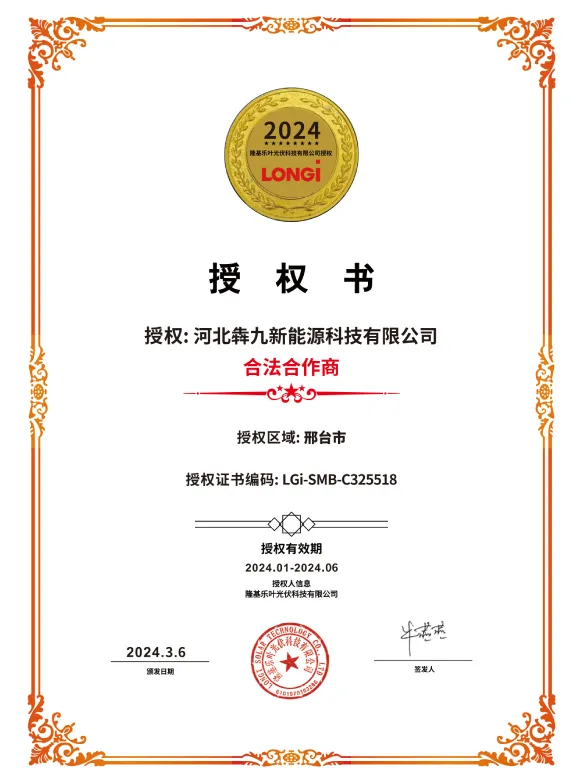current solar panel efficiency
Current Solar Panel Efficiency An Overview
Solar energy has emerged as one of the most promising sources of renewable energy in the fight against climate change. As technology advances, so too does the efficiency of solar panels, which play a crucial role in converting sunlight into usable electricity. As of 2023, various types of solar panels exhibit a wide range of efficiencies, reflecting ongoing research and development efforts aimed at maximizing energy harnessing capabilities.
Understanding Solar Panel Efficiency
Solar panel efficiency refers to the percentage of sunlight that can be converted into electricity by a solar panel. For example, a panel with an efficiency of 20% converts 20% of the sunlight it receives into electrical energy. Efficiency is a critical metric, as it determines how much power a solar installation can generate within a given area. Higher efficiency panels require less space for the same power output, making them especially desirable for urban environments where roof space is limited.
Types of Solar Panels
There are primarily three types of solar panels monocrystalline, polycrystalline, and thin-film
.1. Monocrystalline Solar Panels These panels are made from a single crystal structure and are known for their high efficiency, often exceeding 20%. They typically have a sleek, black appearance and are more space-efficient, making them a popular choice for residential installations. In recent years, advancements have pushed some monocrystalline panels to efficiencies as high as 24-25%.
2. Polycrystalline Solar Panels Composed of multiple crystal structures, polycrystalline panels are generally less efficient than their monocrystalline counterparts, with efficiencies ranging from 15% to 20%. However, they are typically more affordable to produce, making them a popular option for larger solar installations where space is less of an issue.
3. Thin-Film Solar Panels These panels are made by depositing a thin layer of photovoltaic material onto a substrate. While they are less efficient, with performance typically ranging between 10% and 12%, they offer unique advantages such as flexibility and lightweight properties, making them suitable for unconventional applications.
current solar panel efficiency

Recent Developments and Future Trends
The landscape of solar panel efficiency is constantly evolving. Researchers are focusing on improving materials, such as perovskite solar cells, which promise significantly higher efficiencies at lower production costs. Mix-and-match technologies combining perovskite with traditional silicon solar cells have demonstrated efficiencies exceeding 30% in laboratory conditions.
Furthermore, advancements in bifacial solar technology are gaining traction. Bifacial panels capture sunlight from both sides, resulting in increased energy generation. Depending on the installation site and conditions, this technology can boost overall solar panel efficiency by an additional 10-20%.
Challenges and Considerations
Despite improvements, challenges remain. The production of high-efficiency solar panels often involves complex manufacturing processes and materials that may not be sustainable in the long term. Moreover, efficiency is just one factor in the overall performance of solar panels. Durability, degradation rates, and performance under various weather conditions also play significant roles in determining the lifespan and reliability of solar installations.
Cost is another essential consideration. While the efficiency of solar panels has improved, so have installation and material costs. The balance between efficiency, longevity, and affordability remains a critical aspect for consumers and businesses alike when investing in solar technology.
Conclusion
In conclusion, the current state of solar panel efficiency reflects significant technological advancements, with monocrystalline panels leading the way and new materials like perovskites promising even greater potential. As the solar power industry continues to grow and innovate, we can expect further enhancements in efficiency, paving the way for increased adoption of solar energy. These advancements not only contribute to reducing our carbon footprint but also highlight the critical role of renewable energy technologies in creating a sustainable future for our planet. As we move forward, stakeholders must focus on balancing efficiency with cost-effectiveness and sustainability to ensure the longevity and accessibility of solar energy solutions for all.
-
Unlocking Energy Freedom with the Off Grid Solar InverterNewsJun.06,2025
-
Unlock More Solar Power with a High-Efficiency Bifacial Solar PanelNewsJun.06,2025
-
Power Your Future with High-Efficiency Monocrystalline Solar PanelsNewsJun.06,2025
-
Next-Gen Solar Power Starts with Micro Solar InvertersNewsJun.06,2025
-
Harnessing Peak Efficiency with the On Grid Solar InverterNewsJun.06,2025
-
Discover Unmatched Efficiency with the Latest String Solar InverterNewsJun.06,2025







